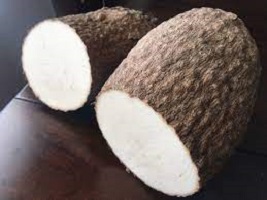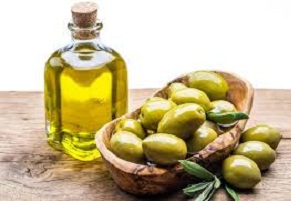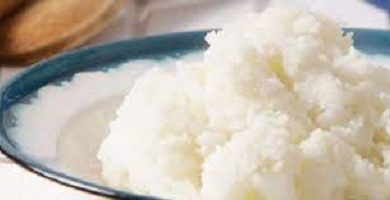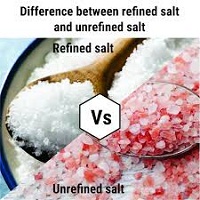How to Preserve Cut Yams So It Doesn’t Grow Molds?
How to Preserve Cut Yams So It Doesn’t Grow Moulds?

Guide on How to Preserve cut Yam in Nigeria. A couple of readers have asked this question, but of course in different ways –
- What is the best way to store a cut yam?
- How can I store yam after I cut it without spoiling?
- Guide on how to preserve cut yams
- Tips for preserving yams for export
- How to store yams in Nigeria
- Tips on how to preserve peeled yams overnight
- How to preserve yam tubers at home
- How to store yams tubers
- What is the best way how to preserve cut yams in the fridge?
- How to store yams in the freezer
- Where to buy yams for export
- How to cook frozen yams
An Overview on How to Preserve Cut Yams
What is Yam?
Yam is a plant farmed for its starchy edible tubers. In Nigeria, yam is a popular dish.
High technology now exists that can be utilized to control humidity and other climatic factors in modern times.
Many Nigerian farmers, however, cannot afford such high-tech storage systems. As a result, rates of storage and preservation are quite low.
Is there ever a moment when you chopped and peeled yams but couldn’t cook them right away?
I took a break and talked to a few folks about how they keep their chopped yam tubers fresh.
I received several intriguing responses, and I’ll start with the most shocking one.
Someone told me that she just leaves the yam like that and then cuts off the ruined portion when she needs to cook it again.
That is not proper or safe, in my opinion, for the following reasons:
- Why throw away the yam that you cut away? You may save that yam by properly preserving it.
- Do you think the remaining half of your yam tuber is safe if it grows mold and you remove the contaminated bit away?
Please don’t poison yourself, which is why I’ve taken the effort to address this issue.
This article explains how to store yam after harvest, both at home and for the farmer.
Cut and Preserve Yam at Home | How to Freeze Yam
Depending on where you reside, storing yam can be difficult; especially for people living outside of Nigeria, who don’t have easy access to yam.
So, it wouldn’t be ideal to spend so much money on yam only to have it decay and rot.
The longer we leave the yam on the ground, the more it shrinks in size as the water evaporates;
it grows mold and begins to spoil either within or outside its brown skin, even before it reaches our houses.
Stick to this simple way of preserving raw yam at home from now on, and you’ll be able to enjoy yam recipes all year long, not only during the harvest season.
Cooked yams can also be frozen in the same way. Freezing Yam is a great way to keep it fresh at home.
To begin with, freezing yam at home is a simple, chemical-free method of preserving yam. This is only OK if you’re storing healthy yams
As a result, follow the guidelines below.
- Firstly, peel the yam tuber by cutting it into a size that can be grasped in one hand.
- Secondly, remove the yam’s dark skin off cleanly.
- After that, cut the yam into desired shapes and sizes.
- Meanwhile, rinse the peeled yam in cold water
- Then, place the washed yam in a zip lock bag and close it.
- Place the frozen yam in a freezer bag. Finally, the yam can be stored in this manner for months, if not years, without turning bad.
- Furthermore, all you have to do to cook the yam is take it out of the freezer and let it defrost. You may also thaw it in the microwave.
- After that, put them in a pot, cover them with water, and cook (or fry) them.
- Finally, prepare the yam according to your preferences and enjoy your supper.
So, aside from the yam freeze preservation method, how do you preserve or store your yam?
How to Store Yam
- Stacking yam tubers on a wooden stand in a well-ventilated position away from direct sunlight, heat, or water in the barn.
- Yam tubers can be stacked on the ground in piles.
- Place yam tubers in trench silos for storage.
So, in addition to storing yams in the freezer, you can use the traditional methods of preserving yams.
Summary on How to Preserve Cut Yams
I hope you find this post to be quite beneficial.
I enjoy yams, and a yam feast for me can include anything from roasted yams with spicy palm oil, onion, and ugba (oil bean) sauce to fried yams with plantains and egg stew or yam porridge.
Then there’s my personal favorite, boiling yams with egg stew


